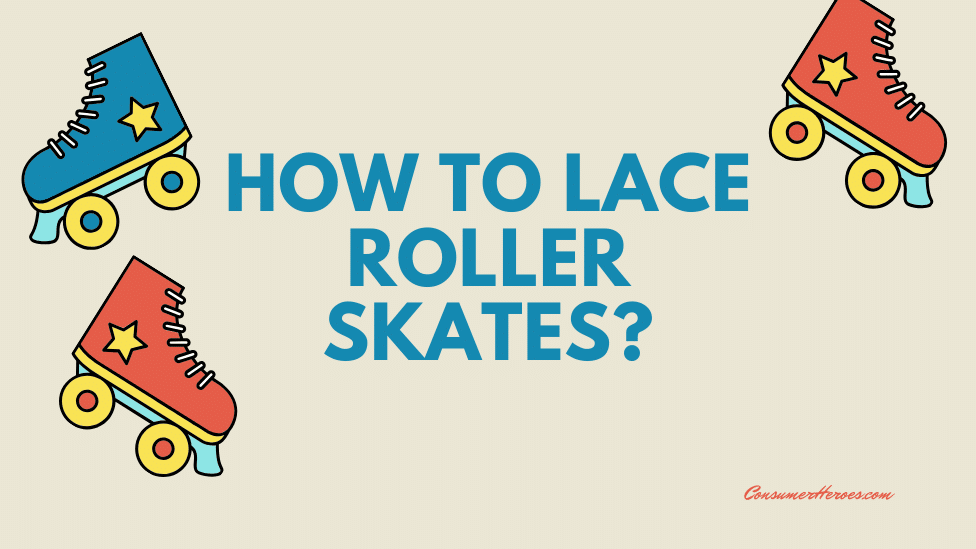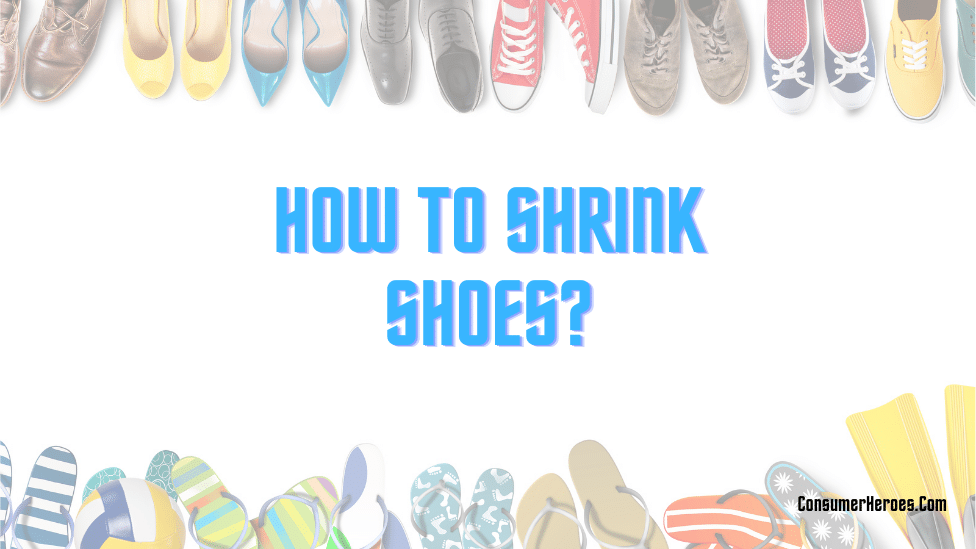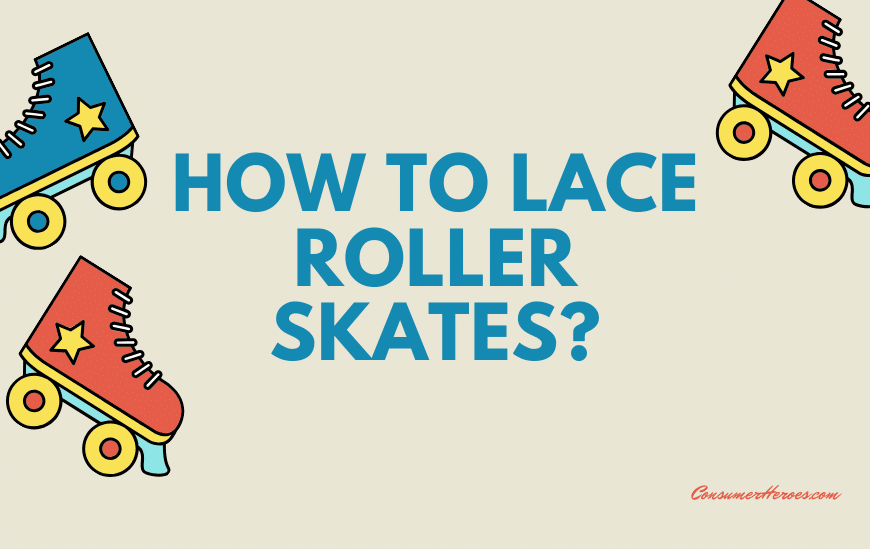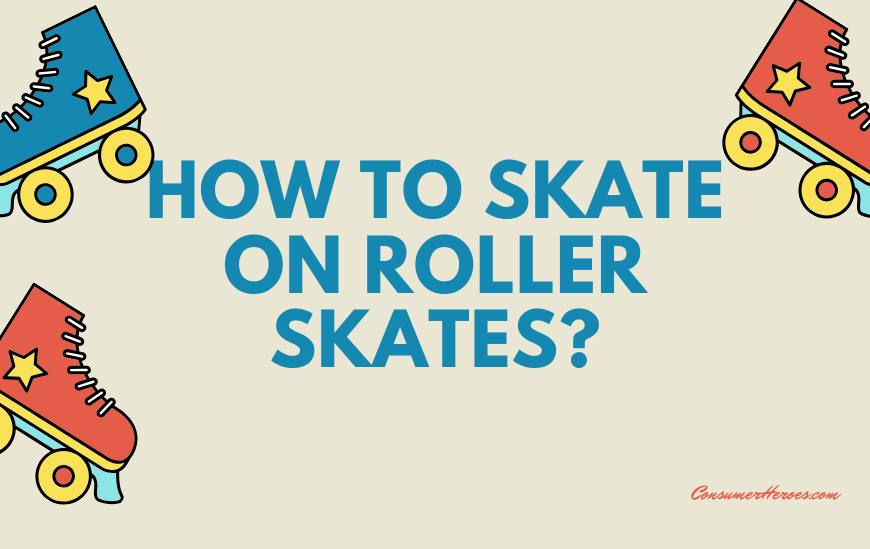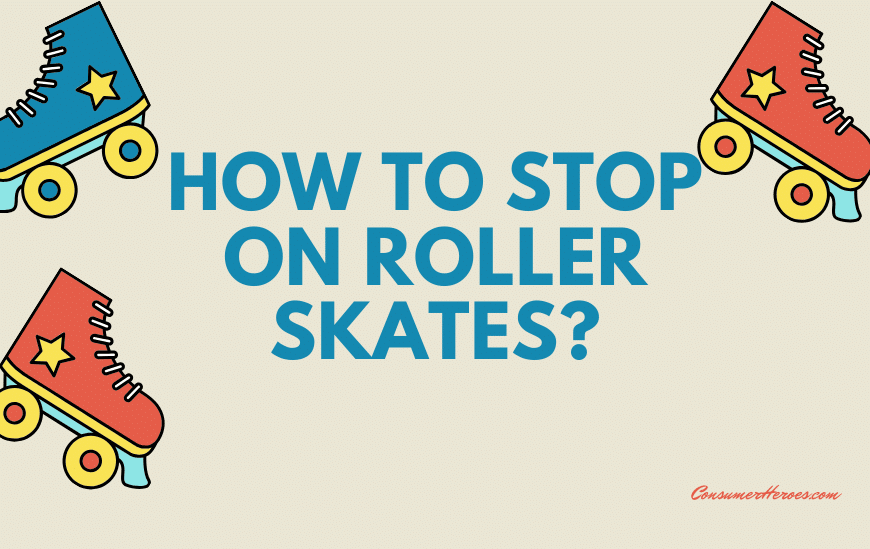Carrying skates can be a hassle, especially when you’re traveling to a skating rink or park. Whether you’re a beginner or an experienced skater, it’s important to know how to properly carry your skates to avoid any damage or inconvenience. In this article, we’ll provide you with some tips on how to carry skates comfortably and safely.
One of the most common ways to carry skates is by using a skate bag. Skate bags come in various sizes and designs, and they’re specifically designed to hold your skates, as well as any other skating accessories you may have. They usually have straps or handles that make it easy to carry them around, and they’re made of durable materials that can withstand the wear and tear of regular use.
Another way to carry your skates is by using a backpack. This is a great option if you’re traveling to a skating rink or park and you need to bring other items with you, such as a water bottle or a change of clothes. Look for a backpack with a compartment specifically designed to hold your skates, or use a carabiner to attach them to the outside of the backpack. Just make sure that the backpack is comfortable to wear and doesn’t put too much strain on your back and shoulders.
Understanding Your Skates
Skates are an essential piece of equipment for anyone who enjoys roller skating, ice skating, or inline skating. Understanding your skates is crucial for maintaining them and ensuring that they perform well. Here are some essential things to know about your skates:
- Skates have different parts, including the boot, frame, wheels, bearings, and toe stop. Each part plays a crucial role in how your skates feel and perform.
- The boot is the part of the skate that fits around your foot. It can be made of various materials, including leather, synthetic materials, or a combination of both. The boot’s stiffness and support can affect your skating performance and comfort.
- The frame is the metal or plastic part that holds the wheels and attaches to the boot. Frames come in different sizes and shapes, and the choice of frame can affect your skating style and agility.
- Wheels come in different sizes, materials, and hardness levels. The choice of wheels can affect how fast you skate, how well you can turn, and how much grip you have on the skating surface.
- Bearings are small metal balls that fit inside the wheels and allow them to spin. The quality of bearings can affect how smooth and fast your skates roll.
- The toe stop is the rubber brake located at the front of the skate. It can be adjusted to control your speed and stop your skates.
By understanding the different parts of your skates, you can make informed decisions about how to maintain them and upgrade them as necessary.
Choosing the Right Bag for Your Skates
Carrying your skates around can be a hassle, especially if you don’t have the right bag. Choosing the right bag for your skates can make a big difference in how easy it is to transport them. Here are a few things to consider when selecting a bag for your skates.
Size and Fit
The first thing to consider when choosing a skate bag is the size and fit. You want a bag that will fit your skates snugly, without being too tight or too loose. A bag that is too tight can damage your skates, while a bag that is too loose can allow them to move around and get damaged during transport.
Material and Durability
The material and durability of the bag are also important factors to consider. You want a bag that is made from a sturdy, durable material that will protect your skates from damage. Look for bags made from materials like nylon or polyester, which are both strong and lightweight.
Additional Features
Finally, consider any additional features that the bag may have. Some bags come with extra pockets or compartments for storing accessories like extra laces or tools. Others may have straps or handles that make them easier to carry. Look for a bag that has the features that are most important to you.
When choosing a skate bag, it’s important to consider factors like size and fit, material and durability, and any additional features that the bag may have. By taking the time to choose the right bag, you can ensure that your skates are protected during transport and that you have an easier time carrying them around.
Properly Packing Your Skates
When it comes to carrying skates, proper packing is essential to ensure that the blades and wheels are protected and that other gear is organized. Here are some tips on how to pack your skates properly:
Securing the Wheels
One of the most important things to do when packing your skates is to secure the wheels. This will prevent them from moving around and potentially damaging other items in your bag. One way to do this is to use skate guards, which are plastic or rubber covers that fit over the wheels. Another option is to use a bungee cord or strap to hold the skates together.
Protecting the Blades
The blades of your skates are delicate and can be easily damaged if they come into contact with other items in your bag. To protect them, it’s important to use blade guards. These are plastic covers that fit over the blades and prevent them from getting scratched or chipped. Another option is to wrap a towel or cloth around the blades before putting them in your bag.
Organizing Other Gear
In addition to your skates, you may have other gear that you need to bring with you, such as pads, helmets, and gloves. To keep everything organized, consider using a separate bag or compartment for each item. You can also use ziplock bags or packing cubes to keep things tidy and easy to find.
Overall, proper packing is key to ensuring that your skates and gear stay in good condition and are easy to transport. By following these tips, you can be confident that your skates will be ready for action whenever you need them.
Carrying Your Skates
Carrying your skates can be a bit of a challenge, especially if you’re traveling or need to carry them for an extended period of time. Fortunately, there are several ways to carry your skates that are both comfortable and practical.
Hand Carry
The hand carry method is the most common way to carry your skates. This method involves holding your skates by the trucks or the toe stop and carrying them by your side. To make this method more comfortable, you can use a skate leash or a strap to secure your skates together. This will prevent them from swinging around and hitting your legs as you walk.
Backpack Style
The backpack style is a great way to carry your skates if you need to keep your hands free. This method involves using a backpack designed specifically for skates. These backpacks have straps that allow you to secure your skates to the outside of the backpack. This method is ideal for those who need to carry other items in addition to their skates.
Rolling Bags
Rolling bags are another great way to carry your skates. These bags have wheels and a handle, making them easy to roll around. They also have plenty of space for your skates and other gear. Rolling bags are ideal for those who need to travel long distances with their skates.
Overall, there are several ways to carry your skates that are both comfortable and practical. Whether you prefer to hand carry your skates, use a backpack, or a rolling bag, there is a method that will work for you.
Maintenance After Carrying
After carrying your skates, it is important to properly maintain them to ensure they remain in good condition. This section will cover the three main steps to maintain your skates after carrying them: cleaning, checking for damages, and storing.
Cleaning Your Skates
Cleaning your skates after carrying them is an important step in maintaining their condition. To clean your skates, follow these steps:
- Remove the laces and wipe down the boot with a damp cloth.
- Use a soft-bristled brush to remove any dirt or debris from the wheels and bearings.
- Wipe down the wheels and bearings with a dry cloth.
It is important to avoid getting water on the bearings, as this can cause rusting and damage.
Checking for Damages
After carrying your skates, it is important to check for any damages. This can include cracks in the boot, worn out wheels, or loose bearings. To check for damages, follow these steps:
- Inspect the boot for any cracks or signs of wear and tear.
- Check the wheels for any flat spots or signs of wear.
- Spin the wheels to check for any wobbling or loose bearings.
If any damages are found, it is important to address them before using the skates again.
Storing Your Skates
Properly storing your skates after carrying them is important to prevent any damage. To store your skates, follow these steps:
- Remove the laces and loosen the trucks.
- Place a towel or cloth inside the boot to absorb any moisture.
- Store the skates in a cool, dry place.
Avoid storing your skates in direct sunlight or in a damp environment, as this can cause damage to the boot and wheels.
By following these steps, you can ensure that your skates remain in good condition after carrying them.
Conclusion
Carrying skates can be a tricky task, especially if you’re not used to it. However, with the right tools and techniques, it can be made much easier. In this article, we have covered several methods for carrying skates, including using a skate carrier, a backpack, and a skate leash.
Each of these methods has its own advantages and disadvantages, so it’s up to the reader to decide which one works best for them. For those who prefer a hands-free option, a backpack or skate carrier may be the way to go. Those who want quick and easy access to their skates may prefer a skate leash.
Regardless of the method chosen, it’s important to ensure that the skates are securely fastened and won’t fall out during transport. It’s also important to consider the weight of the skates and choose a method that is comfortable to carry for extended periods.
Overall, carrying skates doesn’t have to be a hassle. With the right tools and techniques, it can be done quickly and easily, allowing skaters to focus on what they love most – skating.


